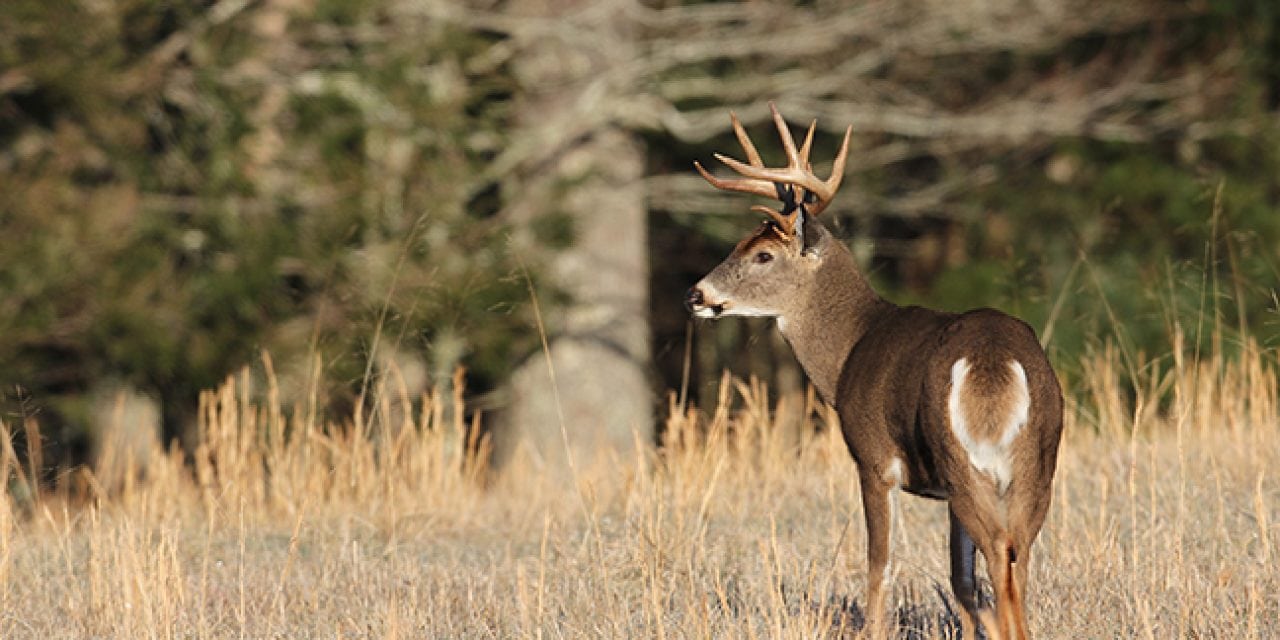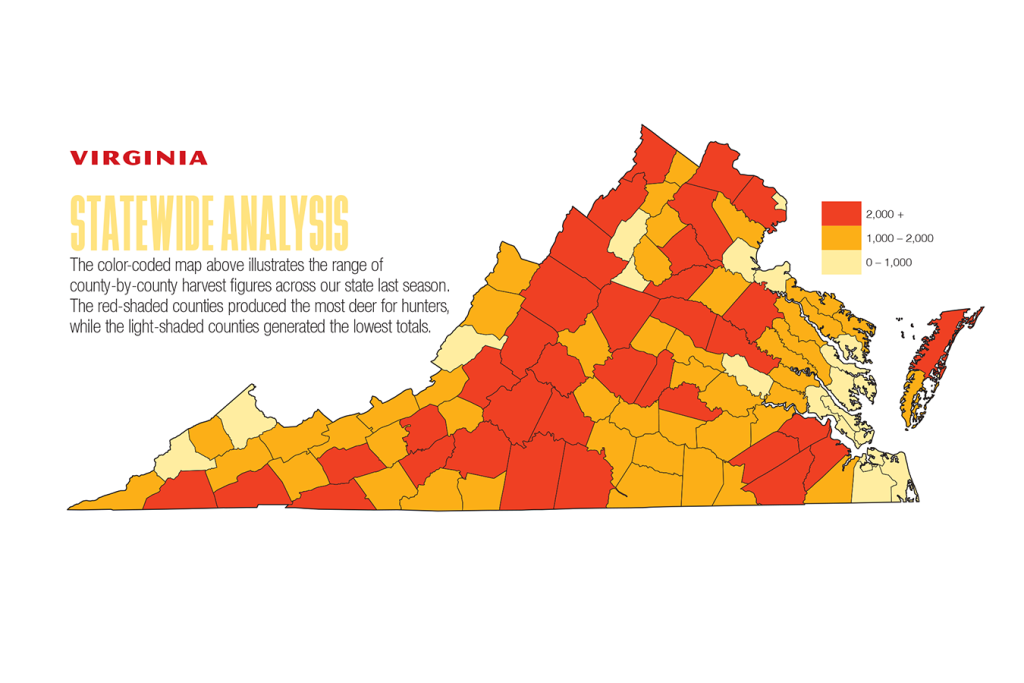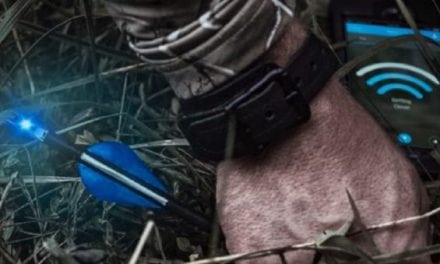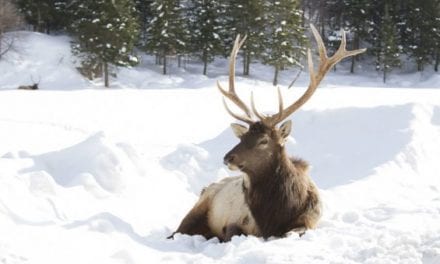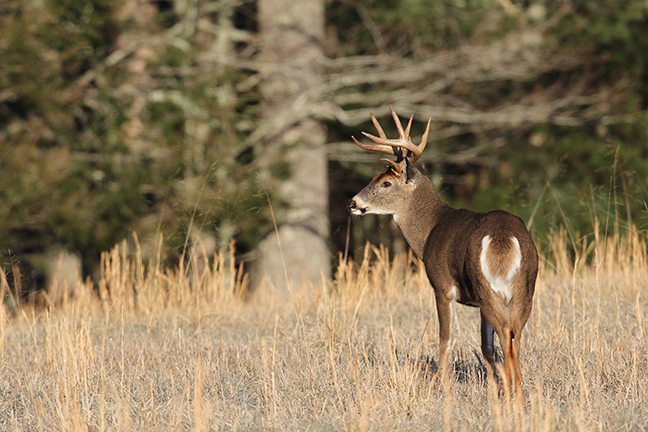
Photo By Ron Sinfelt
Not since 1998 have Virginia deer hunters killed as few deer as they did last season. There are many factors that impact the harvest and hunter success rates, and Matt Knox, VDGIF’s Deer Project Coordinator, shed light on the decline in the harvest. One factor is that in many areas of the state it is not necessarily desirable for hunters to kill more deer every year. Increasing harvest generally means the herd is increasing in number, but after a point either the habitat cannot support more deer, or deer-human interactions outside of hunting become a problem for farmers and people driving cars.
In Virginia, the overall plan for balancing the health and numbers of the deer is called Virginia’s Deer Management Plan. It’s the guide that wildlife biologists and officials use to make decisions on management of the deer herd in Virginia. Managers and biologists have to balance the desires of many diverse groups: hunters, wildlife viewers, farmers, automobile owners/drivers and the impact of deer on the ecosystem. Both carrying capacity (the number of deer the habitat can effectively support in a healthy manner) and cultural carrying capacity (the number of deer the population of people in a given area will tolerate) are factors that drive management decisions.
POPULATION AND ACCESS TO HUNTING
In many areas of the state, the plan has called for stabilizing or reducing the deer herd. A growing human population or urbanization is often one reason for such a goal. Virginia’s population has been growing at a rate of 1.4 percent each year, with much of that growth in Northern Virginia, Richmond, and Norfolk. Very few areas are seeing a decline in human population, and those are generally rural areas.
As population and development continue, deer hunting access often shrinks substantially, along with the number of deer that hunters kill. Because hunting is by far the single best management tool biologists have for controlling deer populations, often it is only through urban archery opportunities that deer can be controlled in densely populated areas.
Deer hunters should consider urban archery opportunities in available areas. Hunters might lease or make long-term friendships/investments with landowners to ensure they will have a place to hunt on private land in upcoming years.
Dr. James Kroll and Pat Hogan discuss the impact of wind on deer behavior.
(Via North American Whitetail)
As the population increases, the pressure on public land also increases. While VDGIF has been active in obtaining and creating new WMAs, pressure on many WMAs is high.
Meanwhile, deer habitat on National Forests in the western portion of the state is poor in most areas and has declined over time as the forests get older and forage (outside of acorns) is shaded out by the tree canopy. Deer numbers are down as a result.
Because the hunting has declined in National Forests, hunting pressure has declined. However, hunters who are willing to take the time to study maps, hike well into the forest, and put in the time will likely have vast areas of the National Forest relatively to themselves.
IMPACTS OF DISEASE
There are two major diseases impacting deer in Virginia. The first is Chronic Wasting Disease, which is found in the far northern region of the state. This disease is here to stay, unfortunately, and the main goal of deer managers is to slow the spread of it. Last year there were nine deer that tested positive for CWD in the “Containment Area” in Northern Virginia. This area includes all of Frederick, Clarke, Warren and Shenandoah counties. So far in these counties, no major die-offs of deer have occurred because of CWD, but it will be a concern for many years to come and may have decreased hunter participation rates.
Unlike CWD, Hemorrhagic Disease (HD) has already had a major impact on deer numbers in Virginia and has caused significantly lower deer numbers in some areas and regions.
Some areas, such as Carroll County, experienced significant outbreaks in 2012, 2014 and 2016. The Tidewater, Middle Peninsula and Northern Neck counties got hammered in localized areas too, and hunters felt it. Hunters in these areas where HD hit should consider curbing doe harvest and expect to see fewer deer until the herd recovers.
Knox explained that HD was a disease that used to hit an area once or twice a decade. The above areas have experienced it multiple times in the past decade and the herd is suffering. This past year, northwest Rockingham and southwest Shenandoah County were hit with HD, which was odd. Typically HD is a Southern Piedmont and Tidewater disease. Hunters in these two counties will see deer herd recovery taking at least two to three years barring more HD outbreaks.
WEATHER AND MAST PRODUCTION
Knox explained that during years of drought, HD is much more prevalent. At times when we have extremely cold winters there can be a deer kill, but that was not a factor last year. Weather can affect the mast crop too. Last year the mast crop was average overall, with some areas on the scarce side and some areas a little better than average. During years of great mast production, deer don’t travel as much to find food and typically the harvest is lower. Given that we had an average year, the mast crop was not a significant factor in the harvest last year. It remains to be seen how the mast will impact this season.
SUMMARY OF HUNTING OPPORTUNITIES THIS SEASON
At press time there was a proposal to reduce the doe days in many counties due to the decline in the deer herd, much of which resulted from the HD outbreaks.
This proposed change was designed to allow the deer herd to rebound quicker. So, while deer hunters will likely continue to see fewer deer than they had a decade ago in the areas that we noted having bad HD outbreaks, the reduction of doe days will hopefully help the situation stabilize. As the change was due to be decided on before you get this magazine, please see the regulations about the area you hunt.
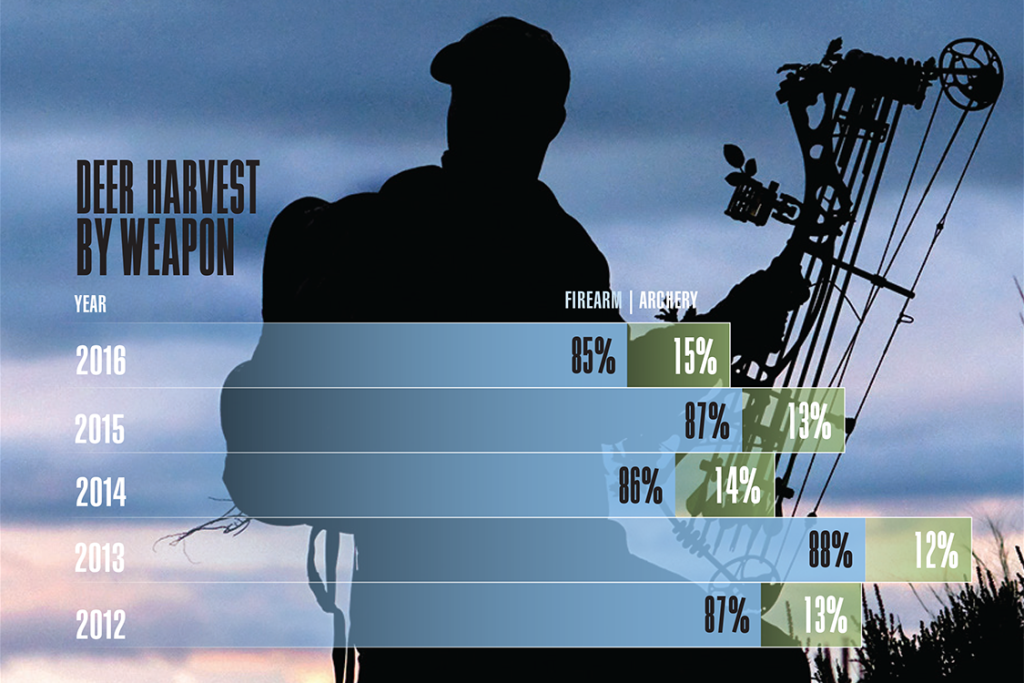
Another proposed change for this season was the addition of Fauquier County back into the Earn a Buck program. A final proposal is making the West of the Blue Ridge region a “two deer a day” bag limit. As of last season, most of the counties west of the Blue Ridge were one deer a day.
This season hunters will still find good hunting opportunities statewide but the best areas are going to be private lands with high deer densities.
Biologists examine the deer harvest by the square mile of deer habitat. Some of the top counties or areas in the state include the northern tier of Virginia, with Loudoun, Clarke and Frederick always on the list. Fertile soils, great mixes of hardwoods, pastures and orchards lead to land with a lot of deer.
The area just south, including Culpeper, Madison, Rappahannock, and Orange, has also been a harbor of good deer densities due to fertile soils, agriculture and some timber harvest activity.
A third and fourth standout are Southampton and Surry (agriculture) and Grayson in the southwest corner of the state. Good soils in Grayson and high deer numbers in adjoining Alleghany County, North Carolina, make it a consistent deer producer.
For this best possible season this year, do your homework, scout, and use trail cameras to determine what your hunting property has to offer this season.

DID YOU KNOW?
Back in the 1920s there were only 620 deer harvested in the 33 counties that had open deer seasons in Virginia. In 1931 the deer herd was estimated to be 25,000 animals. In comparison, our harvest last season was over 180,000. It was not until the 1946 season that there were any doe days in Virginia. Now we enjoy liberal doe days for much of the state. The work of deer biologists and hunters in partnership allowed the deer herd to expand to 150,000 by the early 1950s. In present day, the deer herd fluctuates between 888,000 and just over a million deer before hunting season begins. In 1954 archery season started. Then in 1973, the first muzzleloader season began. In 1991 bonus deer permits were authorized for purchase. Urban archery seasons became part of the deer managers’ toolbox in 2002. Crossbows were legalized in 2005. A special youth deer day was initiated in 2009 and then expanded to the entire weekend in 2015 with the addition of the apprentice hunter participation. Despite all the great news about deer hunting, deer hunter numbers have fallen a from 300,000 to 200,000 in the past 25 years.
The post 2017 Virginia Deer Forecast appeared first on Game & Fish.

